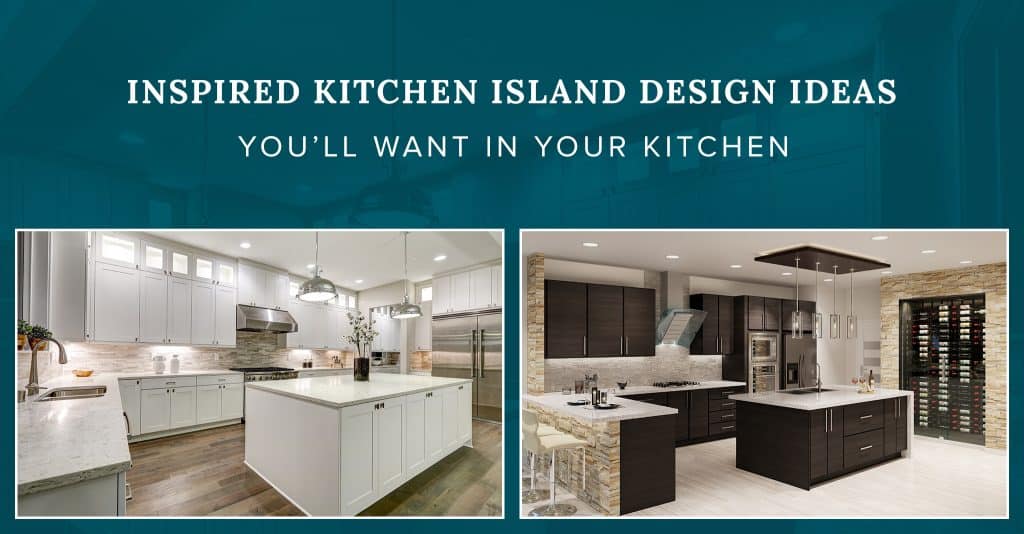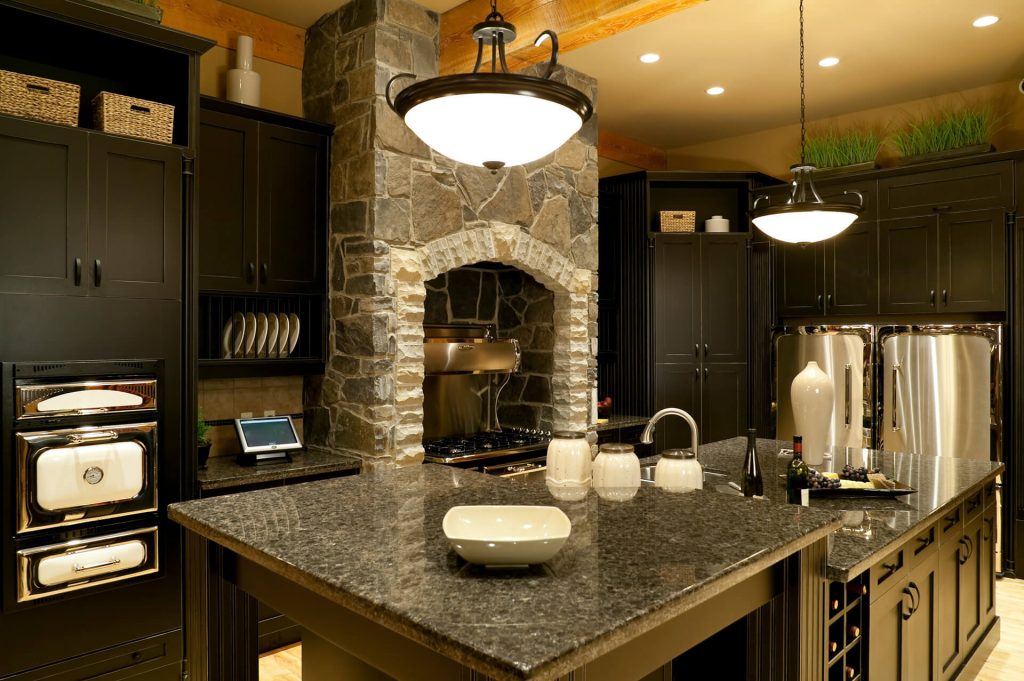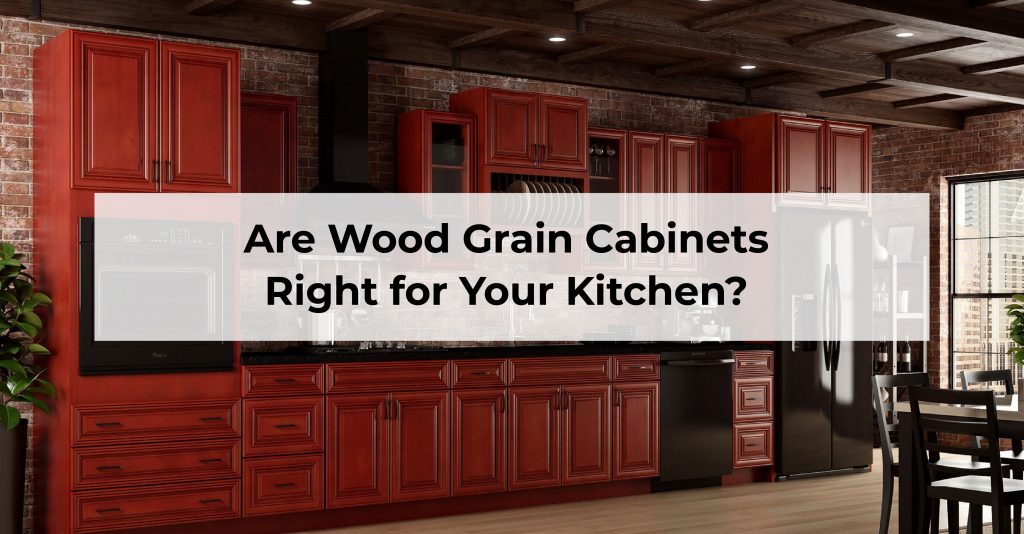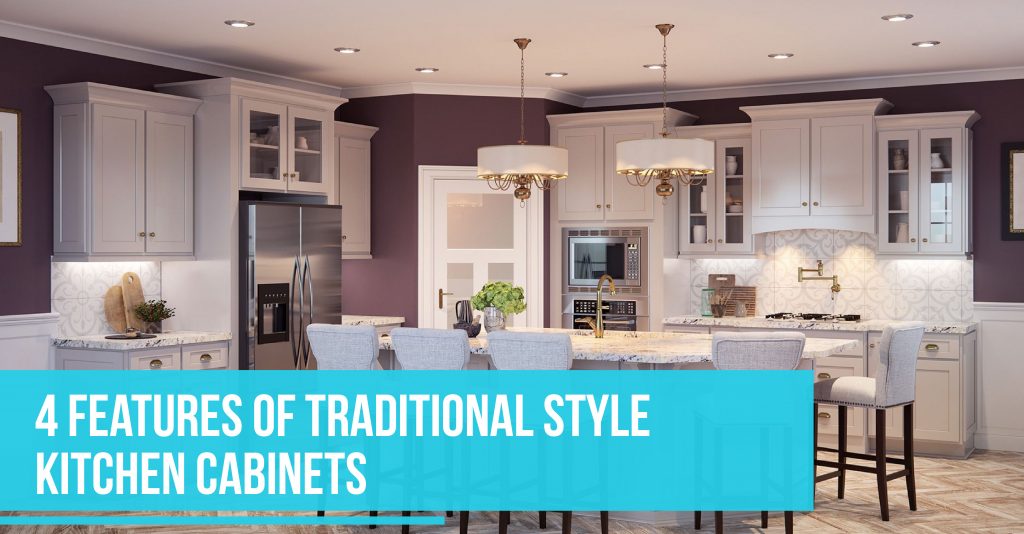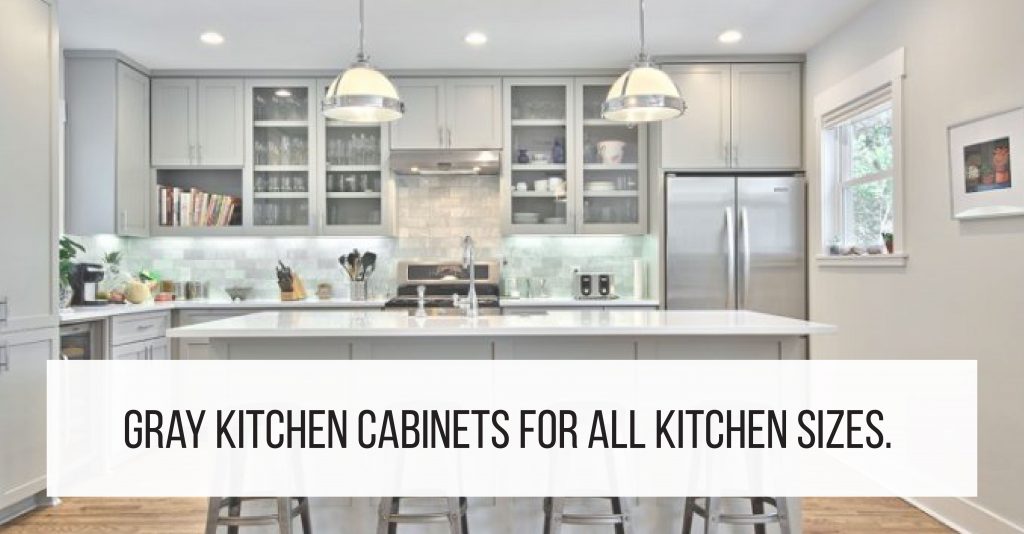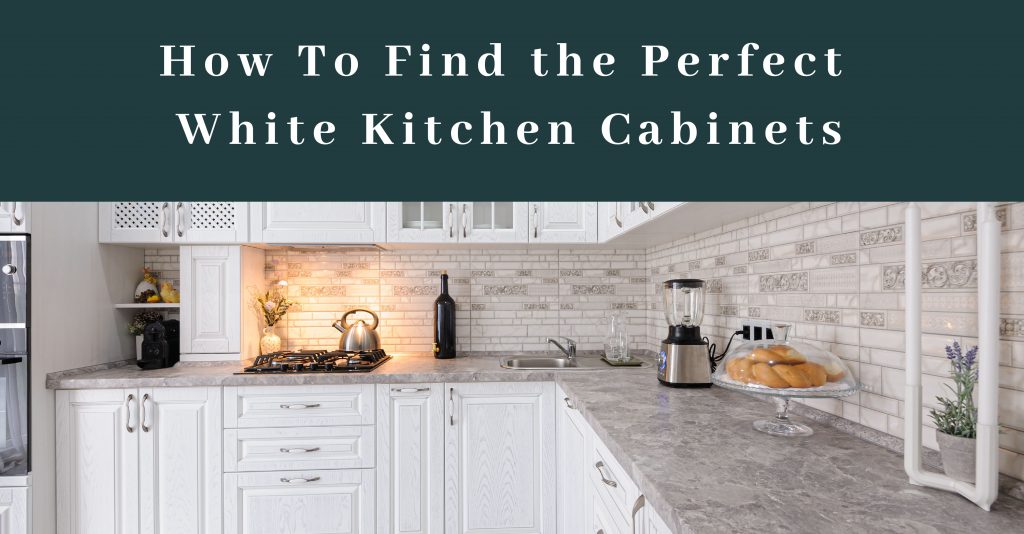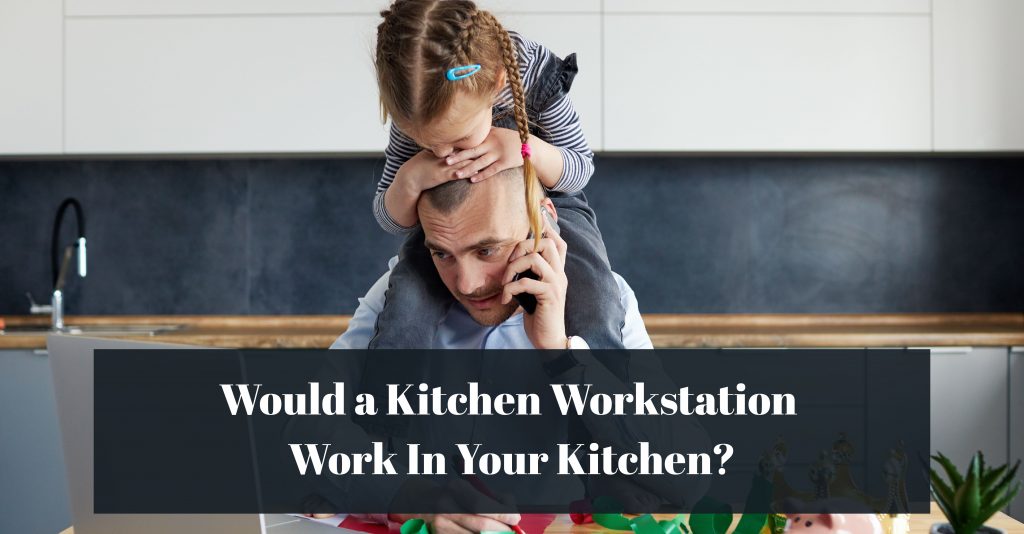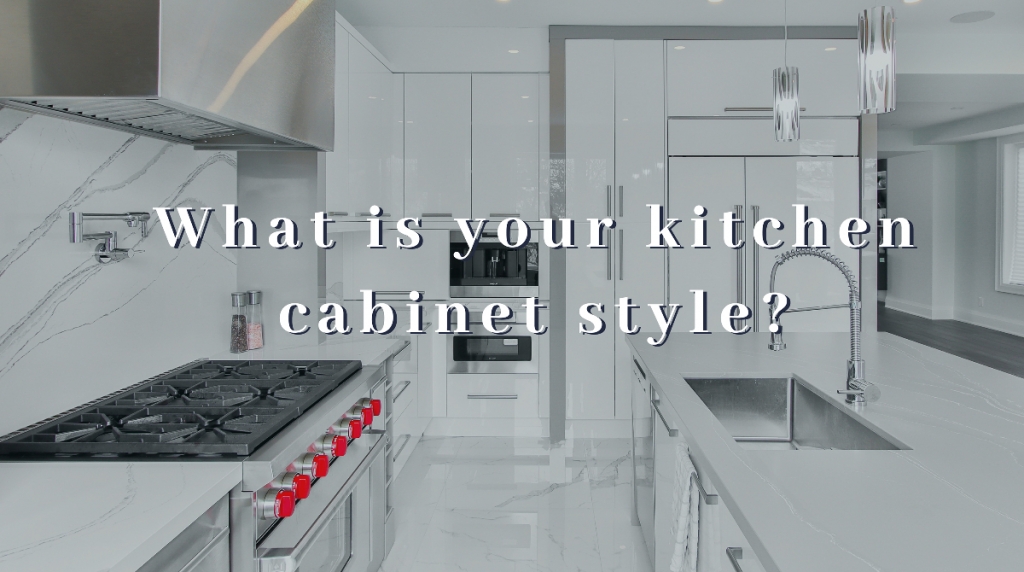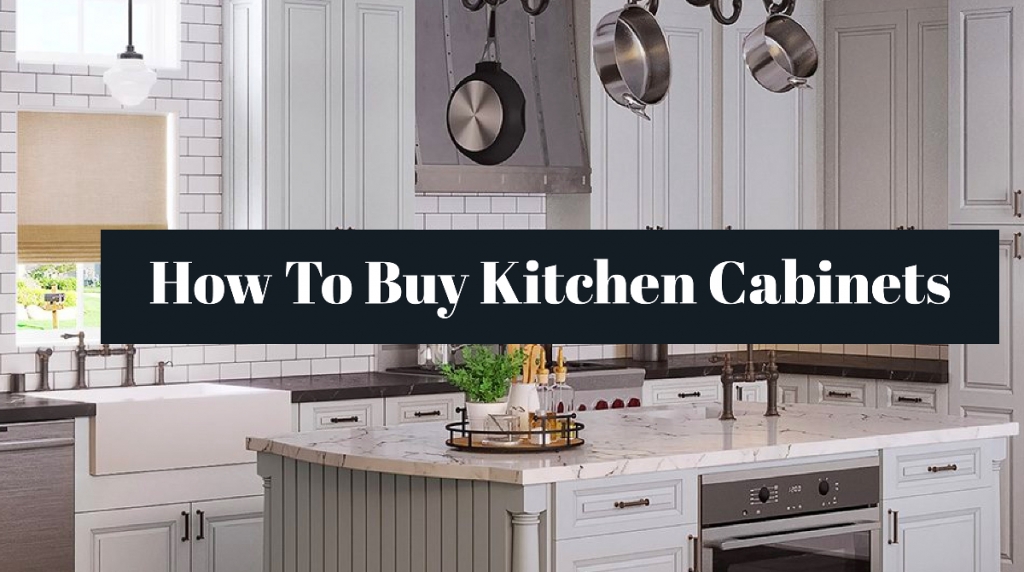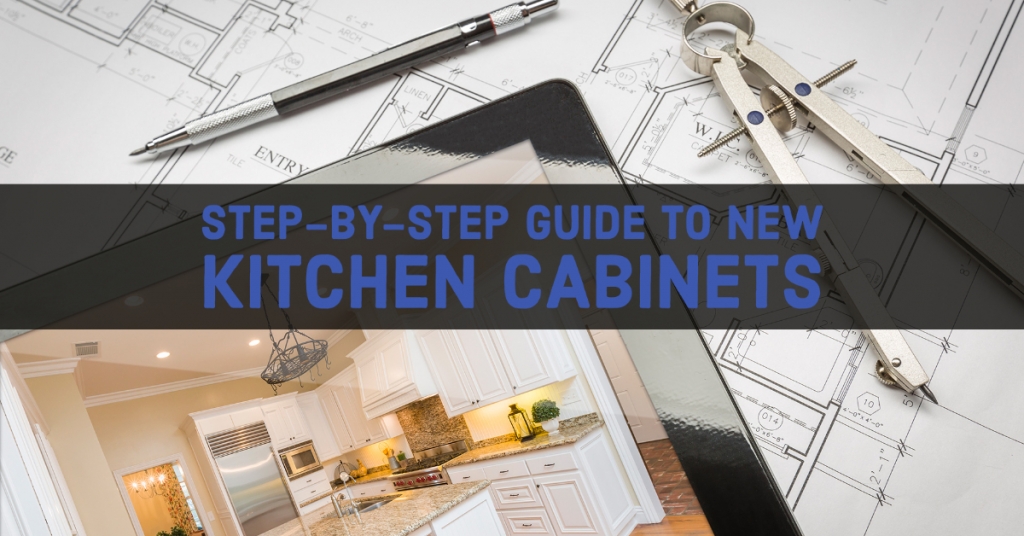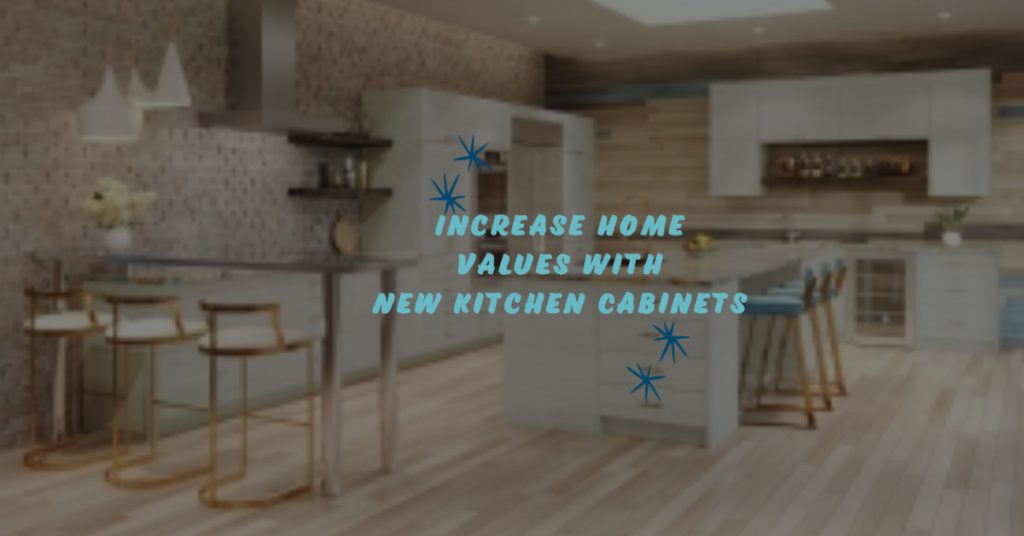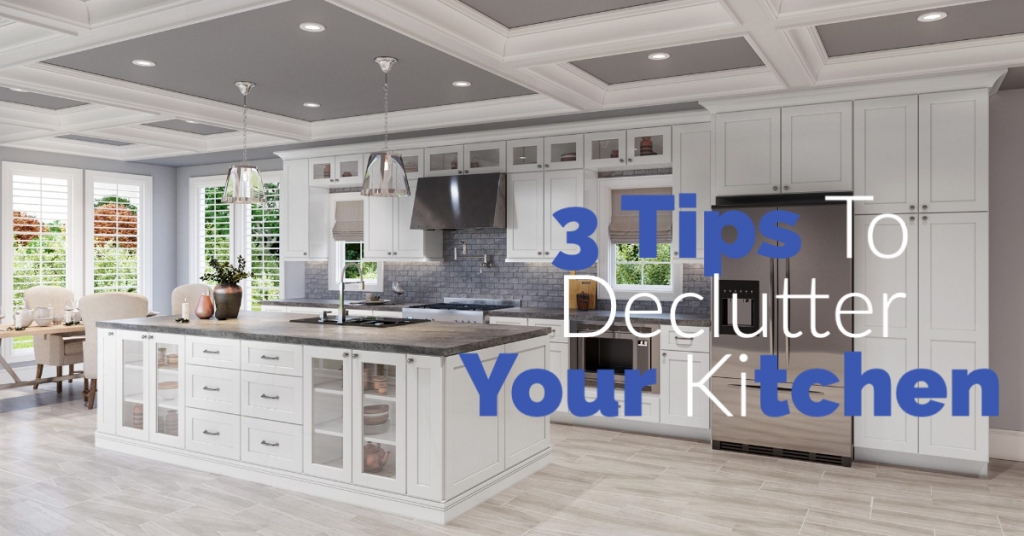How to choose the right flooring for your kitchen?
Your kitchen flooring is a significant factor that plays into the style, comfort, and functionality of your kitchen. It needs to be durable, water-resistant, and practical to suit your family’s lifestyle. So how do you choose the right flooring for your kitchen? Before you begin to explore different flooring types, ask these 6 questions.
1) Will your flooring be installed in a high-humidity kitchen?
If you need the right flooring for your kitchen that will hold up well over time in a kitchen with a medium- or high-moisture environment. Humidity can produce adverse effects if the flooring we have is not equipped to handle it well. If humidity is not accounted for, some of the unfortunate results can include:
- Contracting and expanding – Seasonal change, experiencing high humidity and then extreme dry winter weather, can cause Wood floors and laminate to have a crowned look when warm and shrinking when cold.
- Swelling – hardwood floors can experience swelling as they absorb moisture. If not contained or prevented, swelling will create pressure between the wood planks.
- Warping, cracking, and cupping – This extreme result of swelling resulting from high humidity will significantly and negatively compromise your floors’ appearance. For most homeowners, it will signal the need to replace the current flooring.
Your best choices are porcelain or ceramic tile, vinyl, or vinyl tiles, which are not affected by humidity regularly as wood and laminate.
2) What is your budget per square foot of floor space?
If your budget is $2 or less per square foot, your best options are a laminate product with a wood-like appearance or sheet vinyl or vinyl tiles that resemble wood or stone tiles. You can also find porcelain or ceramic tile in this price range, but you can easily exceed your budget since tile installation is very labor-intensive.
For a budget range of $2-$5 per square foot, your best options include hardwood and engineered wood flooring, laminates that mimic tile or stone, and higher-end luxury vinyl tile.
At $5 or more per square foot, you can choose flooring of more exotic hardwood and engineered wood varieties. You can also find premium laminate and vinyl in this price range, which is more durable and will last a more extended time.
3) Do you need kid-friendly or pet-friendly flooring?
If you have a busy household that includes small hands carrying drinks or four-legged family pets, you may need a floor that will be extremely resistant to both water and wear. Some hardwoods, for instance, can easily scratch and make a poor choice for high-traffic kitchens. A more durable flooring like porcelain or ceramic tile, laminate, vinyl plank, or resilient-vinyl tile would work well to resist scratches, moisture, and stains.
4) Do you do a lot of cooking and entertaining, and need flooring that’s easy to clean and maintain?
If you like to entertain friends and family and enjoy cooking for large gatherings, flooring that looks beautiful and easy to clean and maintain is necessary. Ease of maintenance is one of the categories where resilient vinyl flooring comes out on top. Any form of sheet vinyl, tile, or plank is easy to clean and maintain.
Laminate ranks second for ease of cleaning, but you need to be careful to use a damp mop instead of a wet mop. Hardwood takes a lot of work to maintain, whether it’s a solid or engineered wood – It’s best to cover hardwood floors with a rug or runner in high-traffic areas.
5) Do you need low clearance, smooth flooring to meet universal design guidelines, or support aging in place?
Vinyl plank or resilient tile, sheet vinyl, or laminate flooring is ideal for seniors aging in place. These vinyl options come in attractive stone patterns and colors and have proven to be durable, cost-effective, and easy to maintain, plus they eliminate the problem of trip hazards. Vinyl is often the right flooring for your kitchen as you age.
6) Do you want to install the flooring yourself?
Some flooring types are easier to install than others, especially if you plan to DIY. Homeowners typically encounter few difficulties, if any, with laminate, vinyl plank or tile, and interconnected wood planks. More challenging flooring materials include porcelain tile, ceramic tile, hardwood, or engineered wood because they require measuring and cutting, and possibly need two people to get the job done.
If you are concerned about ease of installation, you can hire a flooring installer for your project. Simply Kitchens has installers all over the United States who are up for the job.
Now that you understand your choices, you can explore the main types of flooring’s pros and cons.
Hardwood Flooring
Pros: Solid or engineered hardwood is a popular choice for today’s kitchens. It feels good underfoot and creates a warm look. Hardwood floors withstand heavy traffic and water stains.
Cons: Hardwood options cost more than other types of flooring, and can get scratched by pets. Scratches can also be a problem if you install hardwood in high-traffic areas. Unless you have previous experience, it’s best to have a professional do the installation.
Tile
Pros: Stone or tile is an excellent choice for heavy traffic areas. Ceramic and porcelain tiles are durable and available in assorted colors and styles. You can add interest with decorative borders and designs.
Cons: Some tile is porous and must be sealed at the time of installation and then twice a year after that. Limestone tile is one type that requires regular sealing. Although DIYers can take on a tile installation project, hiring a professional will get you the best result. Depending on the type of tile, it can cost more than hardwood, vinyl, or laminate.
Laminate
Pros: Laminate is water- and often stain-resistant. It’s among the least expensive options, and you can install it yourself or have it professionally installed. It is durable, which makes it an excellent choice for families with small children or pets. It is also a good option for aging in place.
Cons: It is not easy to maintain. If an excessive amount of water spills on laminate, it can bubble and deteriorate. It’s available in a limited range of basic patterns and color options unless you upgrade to a premium laminate.
Vinyl resilient flooring
Pros: Vinyl resilient flooring comes in a variety of styles, from planks to tile. If you choose a tile version, you can add grout for a more attractive, tile-like look. It is a cost-effective choice, and even at a lower price point, it’s available in various styles to mimic wood, stone, and tile. Vinyl resilient flooring is durable and resists water and stains. You can install it yourself or have it professionally installed. It is easy to maintain and clean.
Cons: Lower-end sheet vinyl can lack quality and durability.
Simply Kitchens, we assist with flooring decisions every day, and get to see – and hear about – the final results. Our vote for the most durable flooring that’s easy to maintain and clean while also being beautiful and cost-effective is QuickGrout vinyl resilient tile.
This well-engineered vinyl-tile flooring is laser cut and closely resembles stone tile with grout lines. It is waterproof, smash-proof, and with regular maintenance, it can last 30+ years. The QuickGrout line has over 60 color options available, making it our top recommendation for flooring in any kitchen.
To see all of the options, visit www.simplykitchensusa.com/flooring.
As you consider your choices for kitchen flooring, keep in mind your family’s lifestyle. The ideal flooring should be beautiful, practical, and long-lasting.


